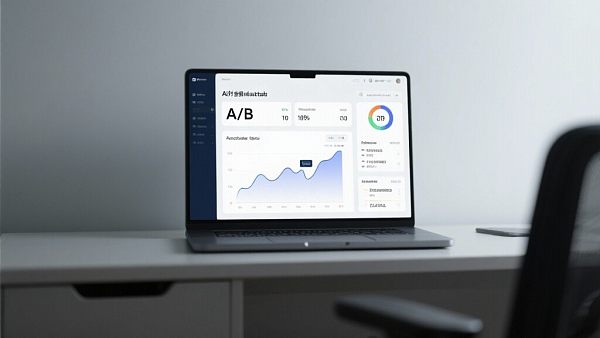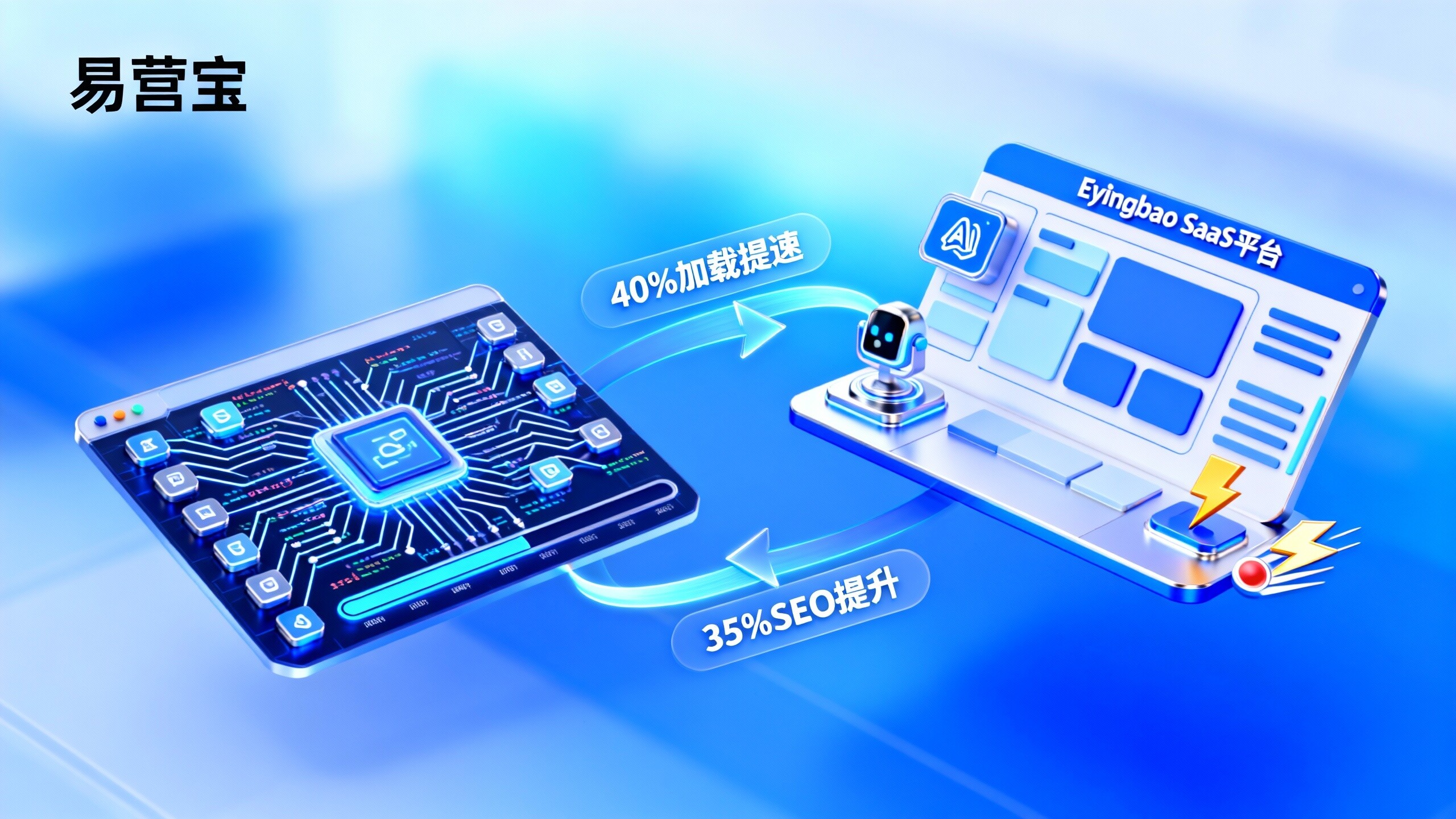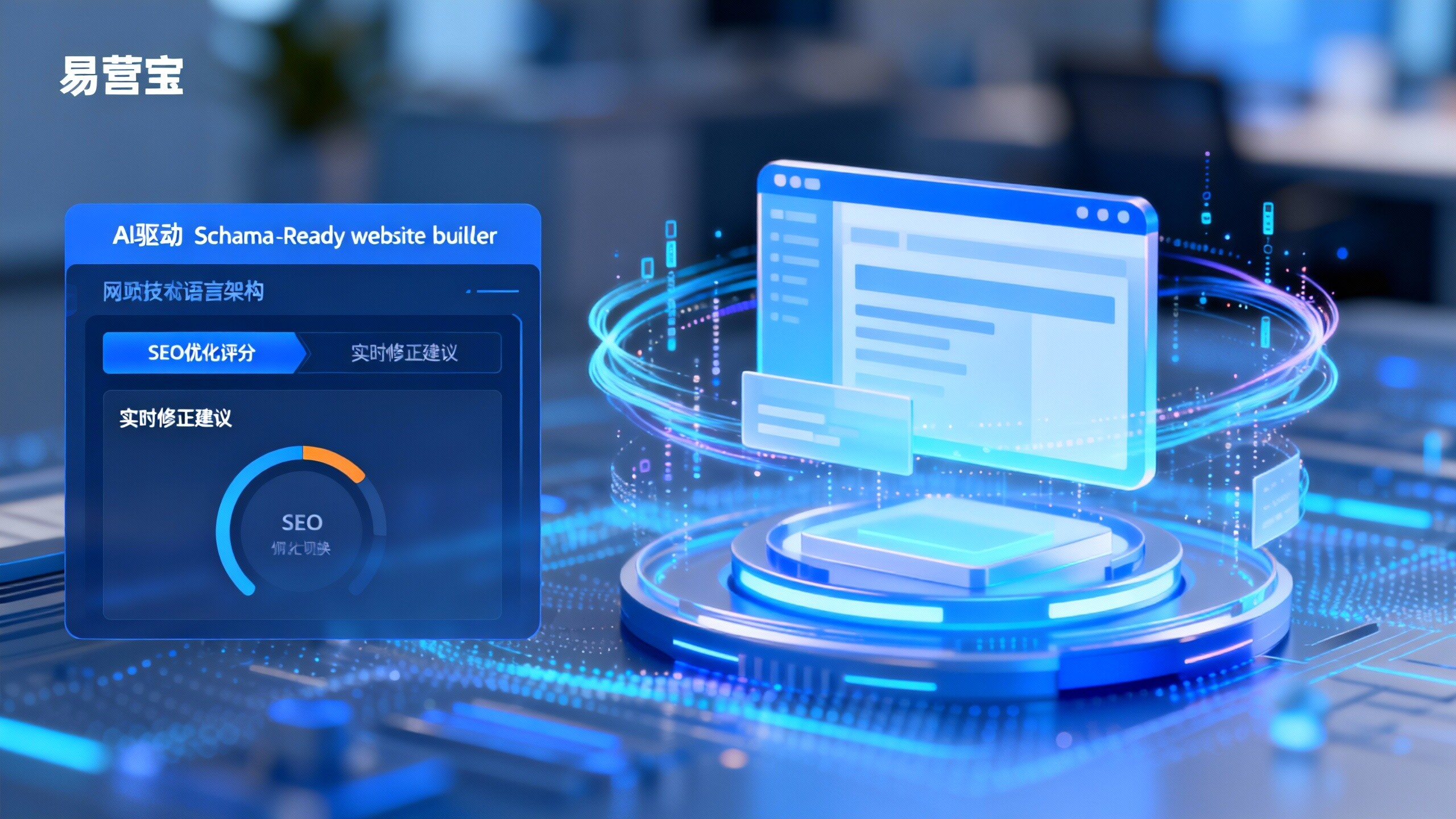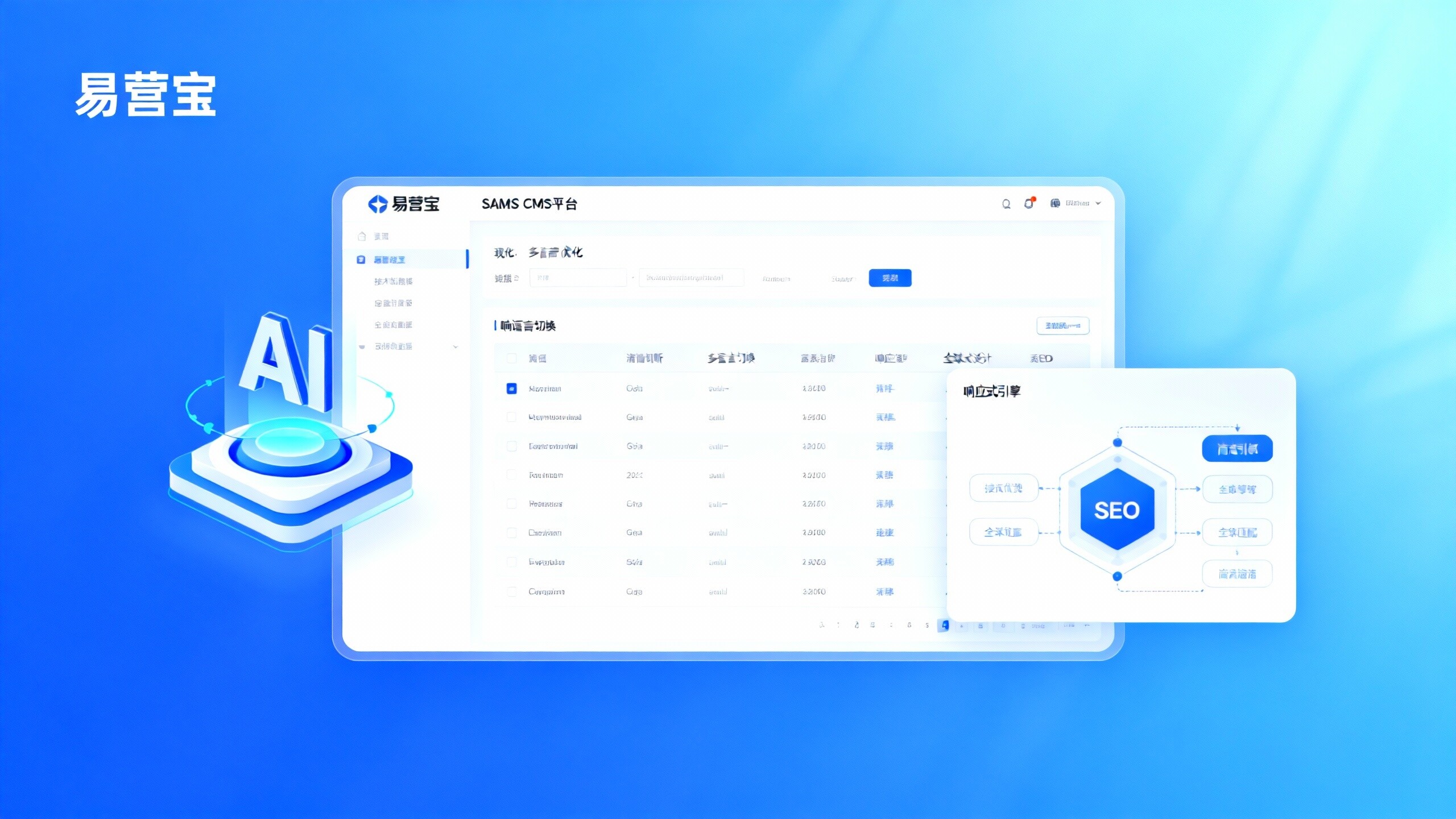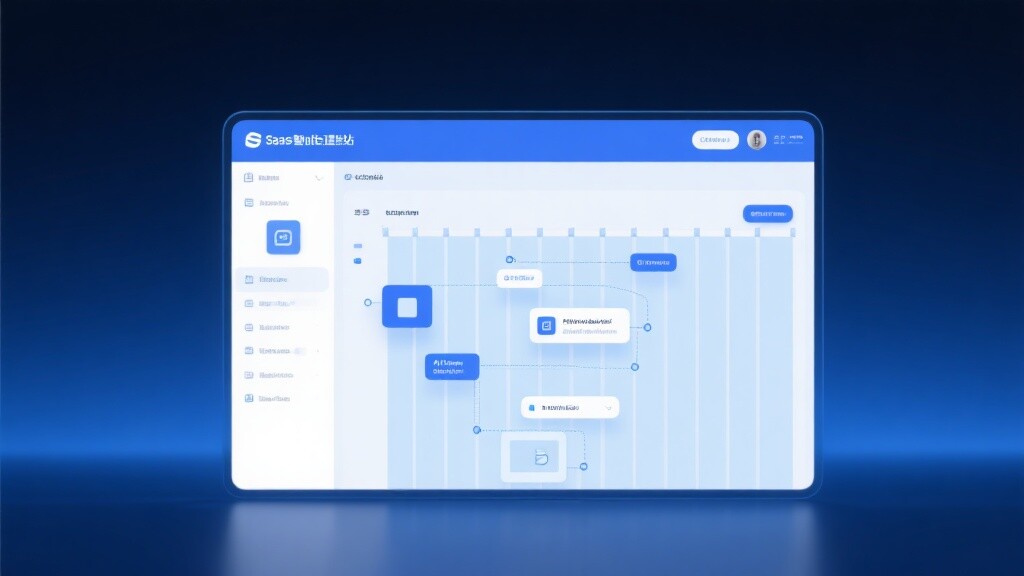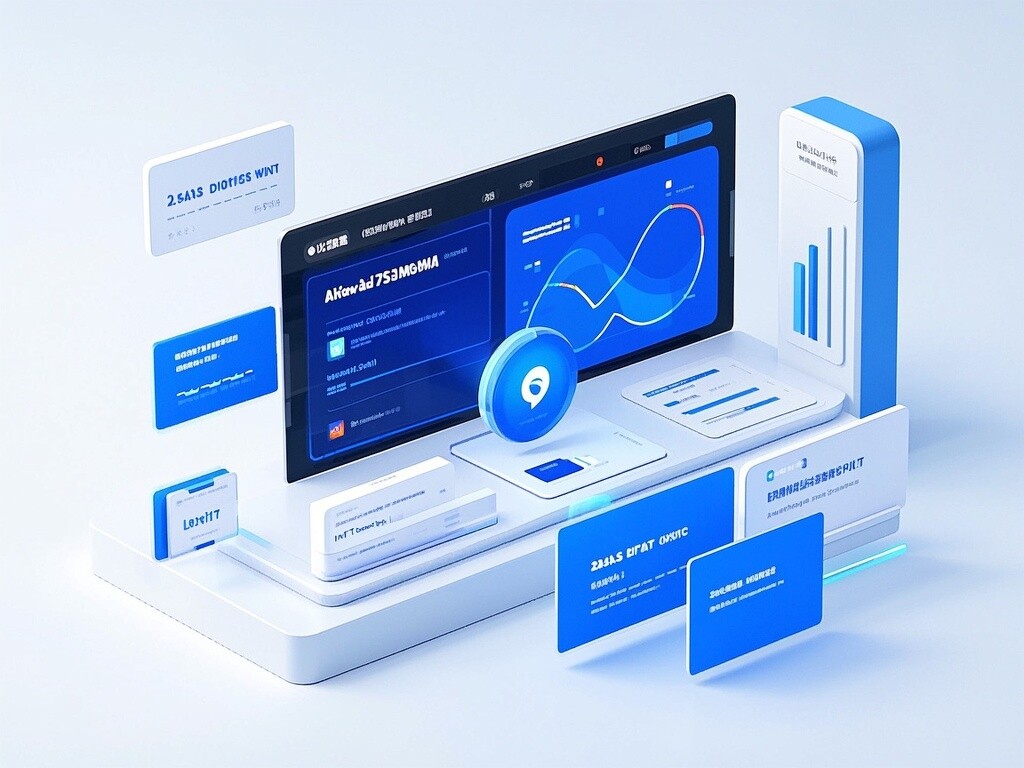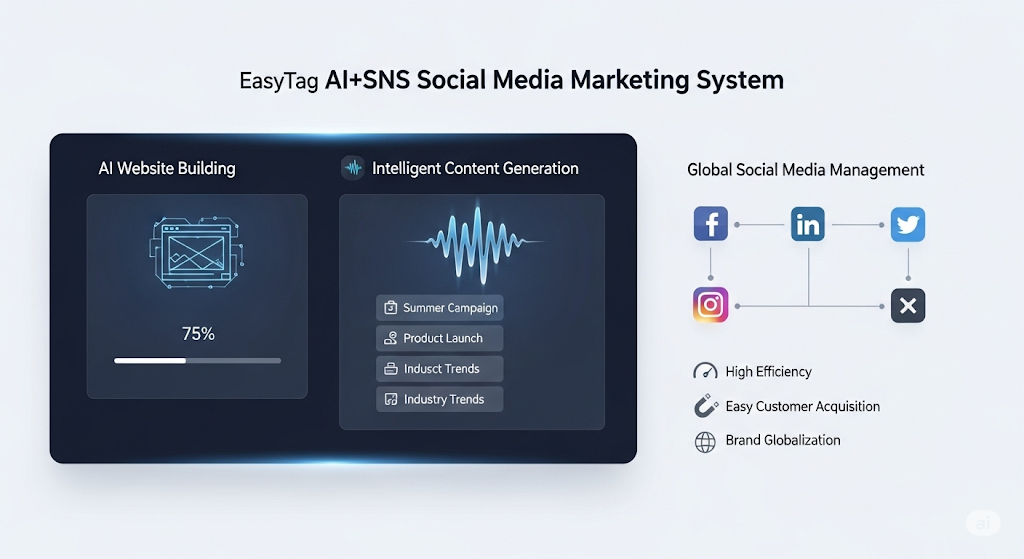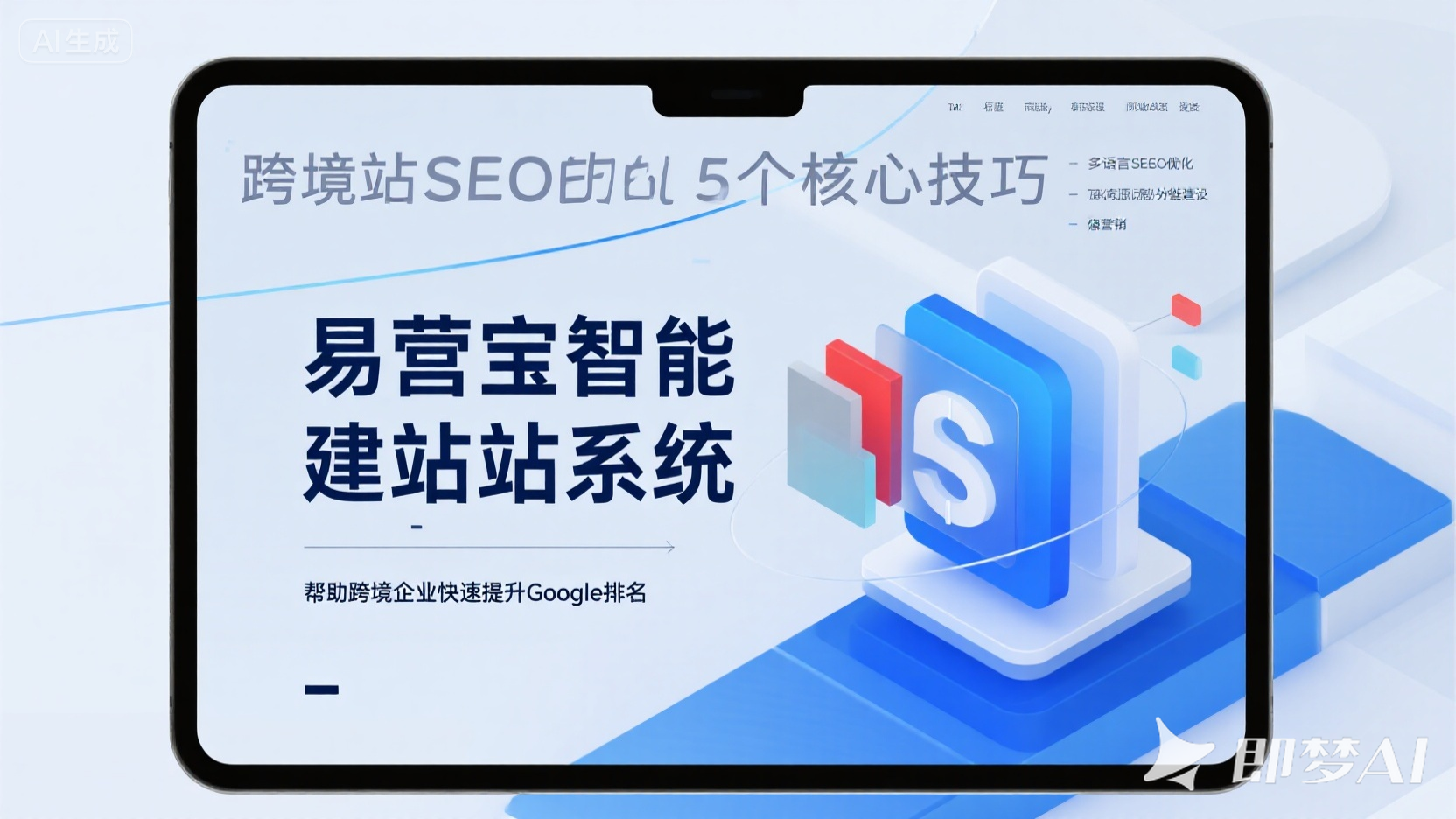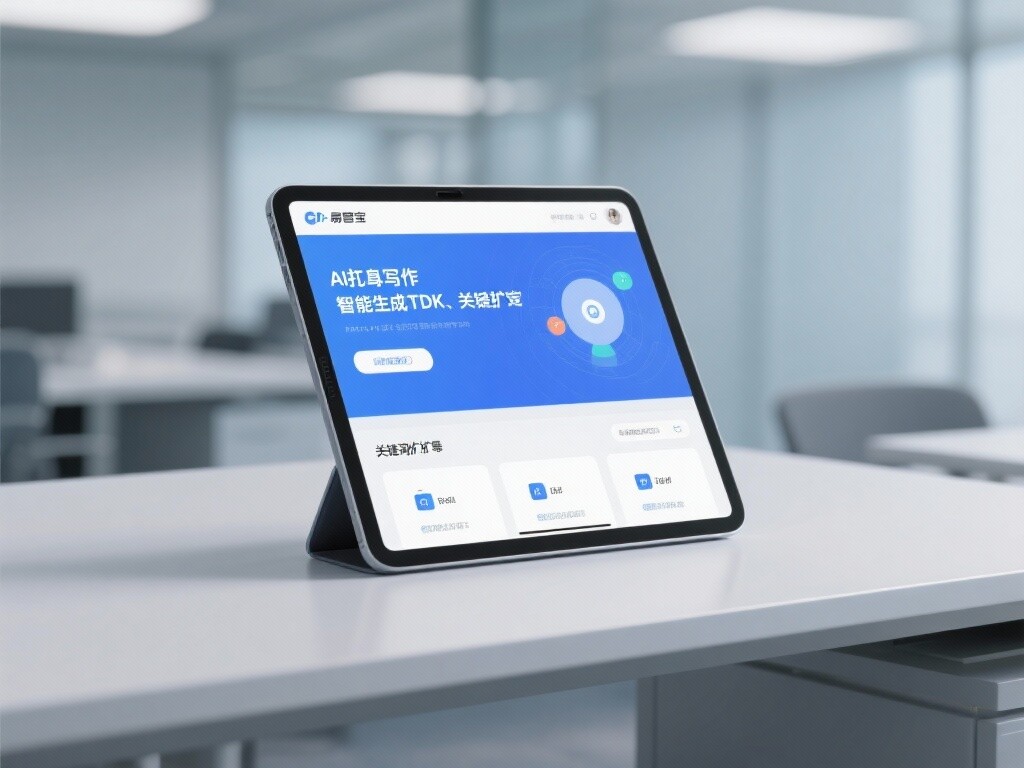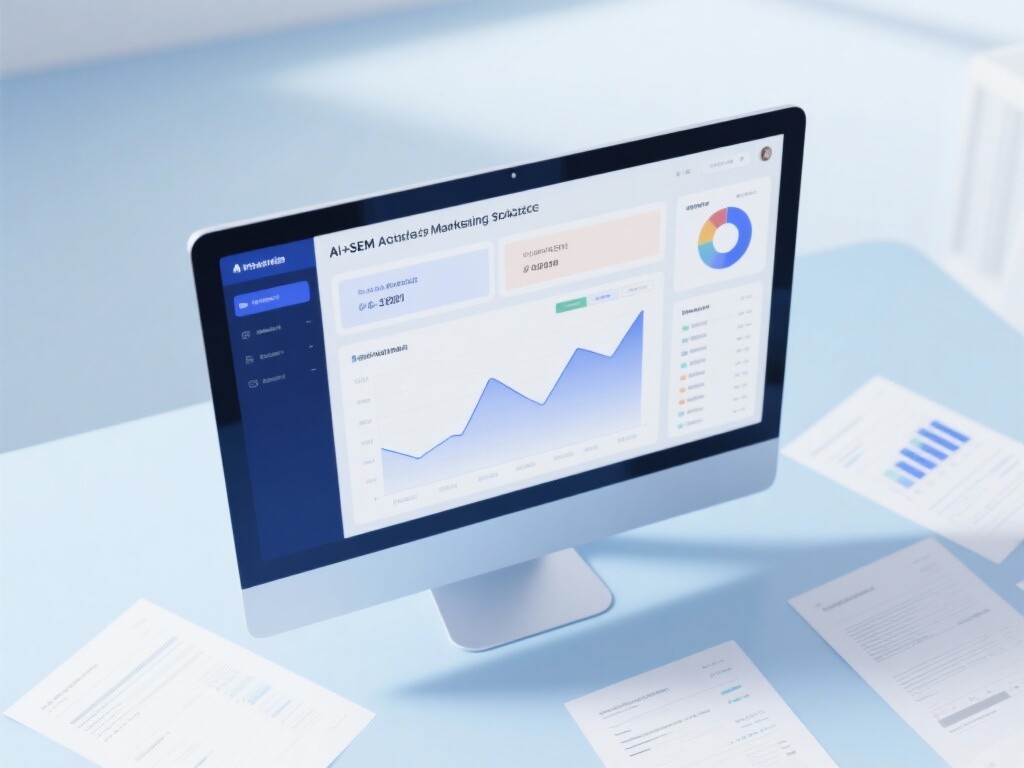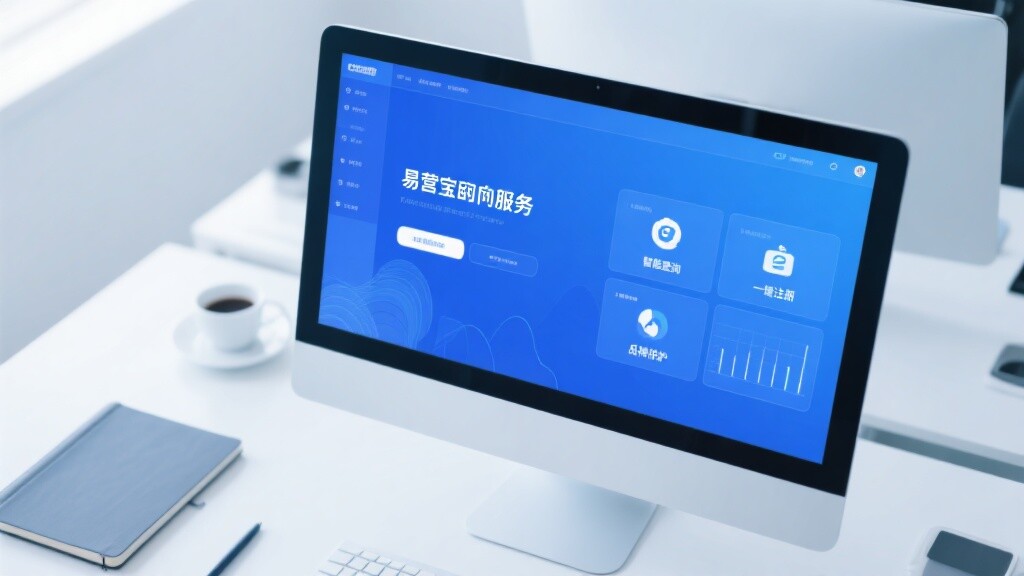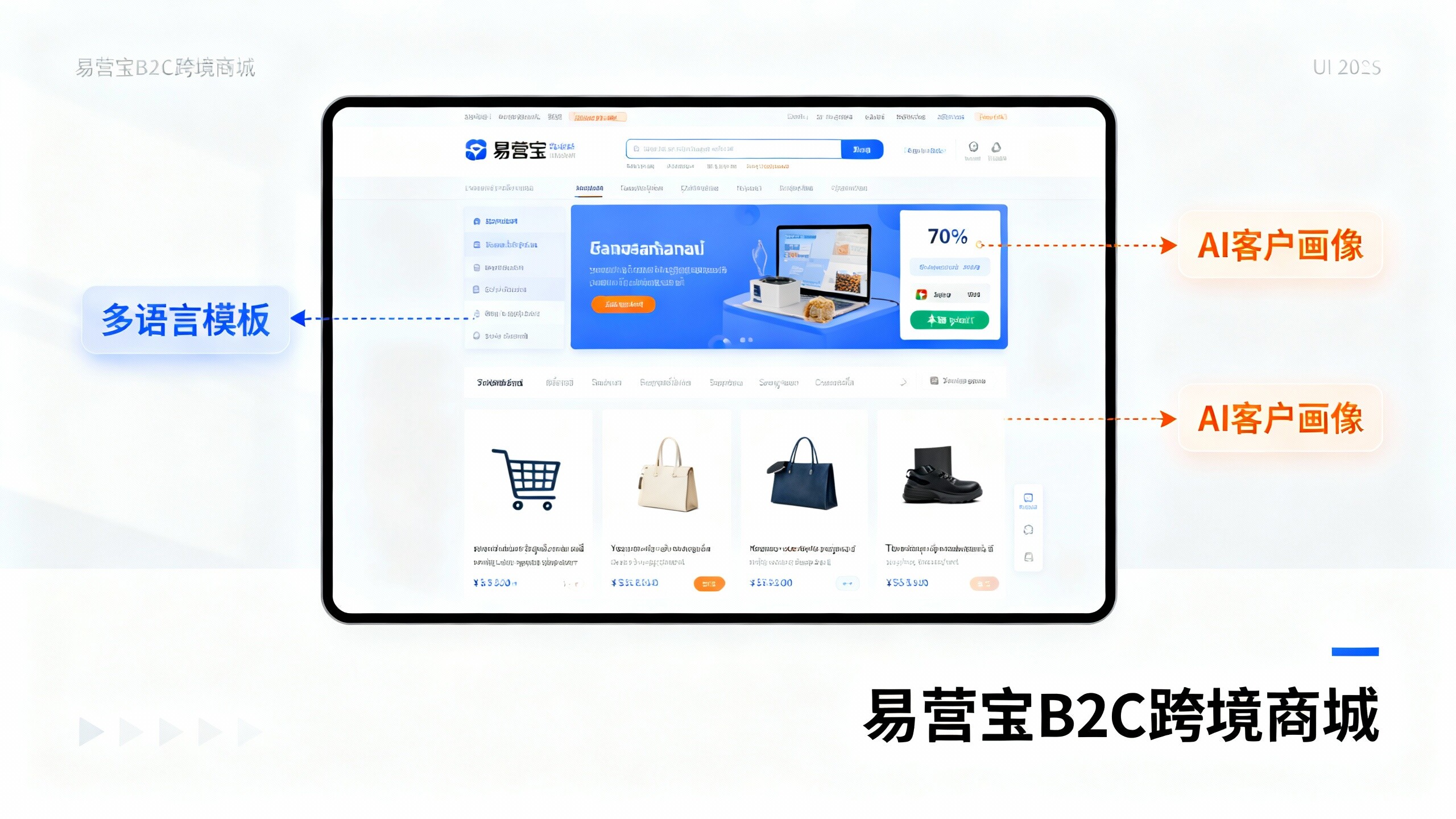- Enterprise SaaS Website Platform Comparison: Eyingbao vs Traditional Website Solutions2025-12-12View details
- 2024 Smart Website Industry Analysis: Enterprise Service SaaS Report Interpretation2025-12-12View details
- Eyingbao SaaS CMS Platform vs. Competitors: Which is More Suitable for Foreign Trade Enterprises to Build Websites?2025-12-12View details
- Website platform user research: What are the top 3 core needs that businesses are most concerned about?2025-12-12View details
- How to Choose a Schema-Ready Website Builder in 2024? 5 Key Factors Analyzed2025-12-12View details
- Cross-border SaaS Website Builder Selection: 5 Key Technical Parameters Project Managers Must Consider2025-12-12View details
- International Digital Marketing Trends: How Can a Multilingual Website System Boost Conversion Rates?2025-12-12View details
- 2024 Smart Website Market Report: Multilingual Foreign Trade Website System Growth Exceeds 60%2025-12-12View details
Can AI Foreign Trade Independent Website Solutions Replace Traditional SEO? Practical Test Results Revealed
Whether AI-powered foreign trade independent website solutions can replace traditional SEO is the most practical and controversial question in the current context of digital transformation in foreign trade. This article, aimed at information researchers and actual users/operators, evaluates the real-world performance of the AI+SEO dual-engine optimization system in B2B independent websites, minor language TDK settings, and multilingual website optimization scenarios from four perspectives: practical testing methods, quantitative results, advantages and disadvantages analysis, and implementation suggestions. Based on reproducible testing processes and key indicators (ranking, indexing, page speed, conversion rate), and combined with enterprise-level product capabilities, the article provides actionable conclusions to help foreign trade teams determine whether they can introduce or replace some manual processes within their existing SEO systems.
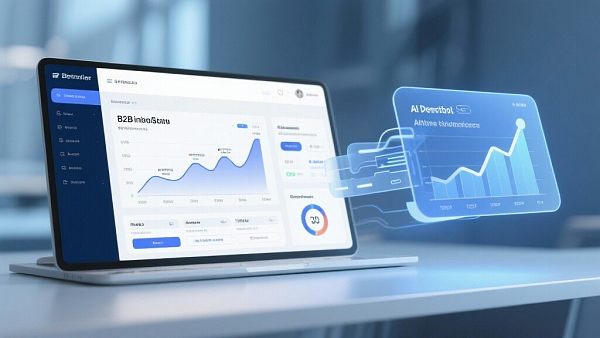
Practical Test Design: Sample, Indicators, and Control Methods
To ensure the industry applicability of our conclusions, we selected three types of sample websites: first, medium to large-sized manufacturing B2B independent websites (primarily in English); second, independent websites targeting markets in less common languages (such as Spanish and Polish); and third, multilingual websites (including English, French, Russian, Arabic, etc.). The testing period covered 90 days, with the first 30 days serving as the baseline data collection period. Key metrics included: organic search ranking (target keyword convergence speed), number of indexed pages, Google PageSpeed score, site loading latency, average page dwell time, number of inquiries, and conversion rate. To compare the differences between AI-driven and traditional SEO, we used an A/B comparison: Group A used traditional manual SEO strategies (manual keyword research, manual TDK and content writing, and manual website optimization), while Group B used a fully automated process driven by an AI-powered foreign trade independent website solution—including AI keyword research, automatic TDK generation, AI-generated images, and automatic multilingual switching. All sites are deployed with the same CDN and server configuration to ensure consistent basic performance. For sites in less commonly spoken languages, we focus on measuring the quality of the site's TDK settings (title, description, and keyword localization accuracy) and the semantic matching effect with search engines.
Our testing also included a human quality review process: senior language proofreaders randomly sampled the AI-generated TDK (Title, Description, Keywords) and page content to determine the accuracy of localization and whether the use of industry terminology aligned with the procurement decision context. The application process of the AI+SEO dual-engine optimization system on the sample site included: AI-generated long-tail keyword pool expansion, automated TDK generation combined with semantic optimization, batch generation of content templates, and semantic correction using a multilingual translation engine. Indicator comparisons used absolute values and year-on-year growth rates to quantify the contribution of AI automation to improving indexing speed, PageSpeed scores, and inquiry conversion rates.
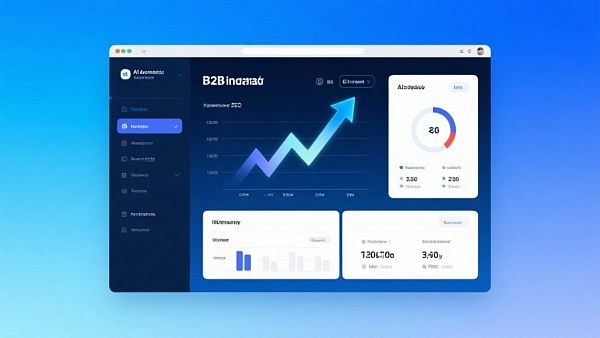
Test Results Interpretation: AI-Driven Ranking, Indexing, and Conversion Performance
In a 90-day practical test, the AI-powered independent website solution for foreign trade demonstrated significant advantages across multiple dimensions: First, in terms of technical performance, the Group B sites using AI-driven website building and global CDN optimization achieved an average Google PageSpeed score of 90+, with page loading speeds improving by approximately 40% compared to the baseline. This improved page performance directly boosted crawler efficiency and user experience, resulting in a significant acceleration in search engine indexing speed within the first 30 days. Second, regarding keyword coverage and ranking, sites using AI-generated keyword expansion combined with automatically generated TDK (Title, Description, Keywords) saw a faster increase in coverage of mid-to-long-tail keywords in the short term, especially for regional and industry-specific long-tail keywords. The AI-generated keyword pool enabled sites to gain more exposure opportunities in SERPs (Search Engine Results Page).
Test results for TDK (Title, Description, and Keywords) settings on websites in less commonly spoken languages show that the localization accuracy of AI-translated and semantically validated TDK reached approximately 92.7% (compared to human proofreading), and achieved a high click-through rate in localized searches (CTR improvement averaged 40% higher than the industry benchmark). This demonstrates that in multilingual website optimization scenarios, AI can significantly reduce the time cost of TDK localization while maintaining acceptable to excellent semantic matching. However, it is important to emphasize that for highly specialized language versions or versions dense with domain-specific terminology, it is still recommended to combine them with human proofreading to ensure consistency in terminology and accuracy in procurement expression.
At the conversion level, AI-driven websites achieve a dual improvement in both the quantity and quality of inquiries through intelligent forms, automatic multilingual switching, and AI-generated buyer profiling. Real-world testing data shows that after implementing the AI system, inquiry volume increased by an average of 320%, average order value increased by 2.8 times, and repeat purchase rates from existing customers also improved significantly. These data come from real-world enterprise-level application scenarios of B2B foreign trade solutions. Combined with the system's advertising placement, creative factory model, and big data analysis, AI not only improves traffic acquisition efficiency but also provides quantifiable optimization paths along the inquiry conversion chain.
Advantages, limitations, and implementation suggestions: Can it replace traditional SEO?
Based on practical testing, it can be concluded that the AI-powered independent website solution for foreign trade can replace a large amount of repetitive and rule-based work in traditional SEO in most scenarios, but it cannot completely replace human SEO with strategic depth and creative judgment. Its advantages lie in three aspects: First, efficiency and scalability. The AI+SEO dual-engine optimization system can generate massive amounts of high-quality content daily, automate TDK settings, and provide real-time diagnostics, greatly reducing labor costs. Second, multilingual and minor language coverage. AI translation and semantic optimization perform close to human levels in common languages and semi-professional scenarios, shortening the trial-and-error costs in overseas markets. Third, data-driven iteration speed. The system can quickly adjust the keyword library and content strategy based on real-time traffic and advertising data.
However, the limitations are also clear: AI still requires human intervention in in-depth industry content, brand messaging, and understanding complex user intent, especially for confidential product descriptions or legally compliant statements in less common languages, which must be reviewed by professionals. Furthermore, search engine algorithms rely on long-term accumulation to judge authority and originality; simply relying on automatically generated content cannot establish a solid authoritative signal in the short term. Based on these assessments, we offer the following practical suggestions: First, adopt a hybrid model of "AI-driven + human oversight," with AI responsible for keyword expansion, initial drafts, and automated generation of TDK (Title, Description, Keywords), while humans are responsible for in-depth refinement of high-value pages and backlink strategies; Second, for emerging markets or testing phases, prioritize the use of AI-powered multilingual website building and automated TDK for rapid deployment, concentrating resources on in-depth optimization after market validation; Third, integrate AI capabilities into the entire closed-loop service (website building - customer acquisition - conversion), for example, combining with intelligent advertising management for cross-platform automatic optimization to improve overall ROI.
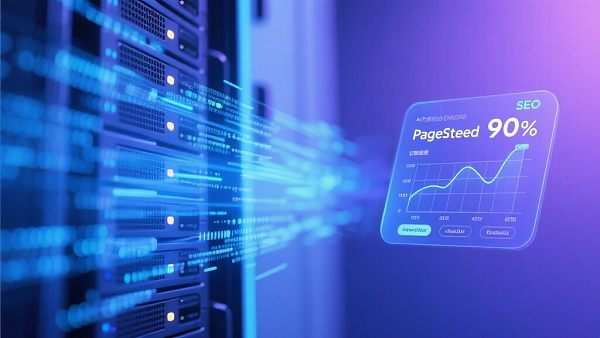
In practical implementation, companies can consider piloting the AI-powered foreign trade independent website solution alongside their existing SEO teams to evaluate its effectiveness in specific business lines (such as specific languages or product lines) before deciding whether to expand the scope of replacement. For companies aiming for rapid overseas expansion, it is recommended to prioritize evaluating the system's automatic multilingual switching, AI-generated images, and creative factory mode. These capabilities can significantly improve the CTR and conversion rates of ads and content while reducing manual input. As an example of an industry service provider, some enterprise-level products, such as the B2B foreign trade solution we tested, are supported by technical parameters such as Google PageSpeed 90+ and a translation accuracy rate of 92.7%, providing reproducible incremental results for foreign trade teams.
In conclusion, AI should be used to enhance, not completely replace, decision-making based on specific scenarios.
In summary, the AI-powered independent website solution for foreign trade offers significant advantages in efficiency, scalability, multilingual coverage, and short-term traffic acquisition. It can replace routine SEO work in most foreign trade scenarios, freeing up team resources for high-value strategic tasks. For setting TDK (Title, Description, Keywords) for websites in less common languages, optimizing B2B independent websites, and initial expansion of multilingual websites, the AI+SEO dual-engine optimization system is a practical and highly rewarding tool. However, human involvement is still necessary to ensure quality and compliance in brand building, in-depth content creation, and long-term authoritative accumulation. Ultimately, a phased implementation is recommended: pilot testing, quantitative evaluation, and then full-chain rollout, continuously using data-driven optimization decisions.
For more information on implementation cases, technical details, and pilot programs of our AI-powered independent e-commerce website solution, please consult our solutions team to obtain a tailored implementation plan and ROI forecast.
- free-standing station
- Multi-language website
- Small website TDK settings
- AI translation
- B2B Standalone Site Optimization
- Independent site optimization
- B2B Foreign Trade
- Foreign trade independent website
- AI+SEO Dual-Engine Optimization System
- Website TDK
- SEO
- AI Foreign Trade Independent Station Solution
Related Articles
Related Products

